Complete Bunk Bed Safety Checklist: Essential Guidelines for Family Protection
Table Of Contents
- Understanding Bunk Bed Safety Standards
- Essential Safety Features to Look For
- Proper Installation Guidelines
- Age-Appropriate Usage Recommendations
- Routine Maintenance and Safety Checks
- Common Bunk Bed Hazards and Prevention
- Special Considerations for Children with Special Needs
- Safety Enhancements and Accessories
- Conclusion
When it comes to creating space-efficient sleeping arrangements for your children or guests, bunk beds offer an ideal solution. However, with the convenience and fun of these stacked sleeping spaces comes the critical responsibility of ensuring they're as safe as they are functional. At Loft Home Furniture, we understand that your family's safety is paramount when selecting bedroom furniture.
Bunk bed safety standards continue to evolve, with 2025 guidelines emphasizing stronger guardrails, sturdier construction, and enhanced stability requirements. Whether you're purchasing a new bunk bed or evaluating the safety of an existing one, this comprehensive safety checklist will help you navigate the essential safety considerations to protect your loved ones from potential hazards.
From understanding current safety regulations to practical tips for installation and maintenance, we've compiled everything you need to know about bunk bed safety in one definitive guide. Let's explore how to create a secure sleeping environment without compromising on style or functionality.
Complete Bunk Bed Safety Checklist
Essential guidelines for protecting your family
Safety Standards
- Look for certification labels (ASTM F1427)
- Guardrails must be on all sides of upper bunk
- Space between guardrail and mattress < 3.5 inches
- Guardrails must extend 5+ inches above mattress
Essential Features
- Secure, flat-step ladder with consistent spacing
- No gaps larger than 3.5 inches in any part of the bed
- Solid construction with reinforced joints
- No decorative cutouts that pose entrapment risks
Safety Hazards
- Falls from upper bunk (most common injury)
- Entrapment between guardrail and mattress
- Strangulation from cords near the bed
- Collisions with ceiling fixtures or fans
Installation & Maintenance
- Follow manufacturer's assembly instructions exactly
- Ensure 36+ inches clearance between top bunk and ceiling
- Position away from windows and ceiling fixtures
- Perform monthly inspections of all components
Age & Usage Guidelines
Minimum Age Requirements:
- Children under 6 years: lower bunk only
- Upper bunk requires coordination and awareness
Special Considerations:
- Children with seizures or sleepwalking: lower bunk only
- Add nightlights to prevent nighttime accidents
Courtesy of Loft Home Furniture • lofthome.com
Understanding Bunk Bed Safety Standards
Safety standards for bunk beds aren't arbitrary recommendations—they're carefully developed requirements designed to prevent injuries and accidents. The latest standards incorporate findings from extensive research and real-world incident data to continually improve safety measures.
Current Regulatory Framework
In Singapore and internationally, bunk beds must comply with specific safety regulations. The current framework includes standards set by organizations such as ASTM International (formerly American Society for Testing and Materials) and the Consumer Product Safety Commission (CPSC). These standards address critical safety aspects including:
The 2025 standards have enhanced several key requirements, focusing particularly on guardrail specifications, entrapment prevention, and structural integrity testing. These updated standards require that all bunk beds sold or manufactured must have guardrails on all sides of the upper bunk, with the exception of the side against a wall. The space between the bottom of the guardrail and the mattress surface must not exceed 3.5 inches to prevent children from slipping through.
Additionally, the standards specify minimum height requirements for guardrails—at least 5 inches above the mattress surface—to prevent roll-offs during sleep. The structural integrity requirements have also been strengthened, with beds now needing to withstand greater weight and impact testing to ensure durability over time.
Certification Labels to Look For
When shopping for a bunk bed at Loft Home Furniture, look for certification labels indicating compliance with current safety standards. These labels should clearly state which standards the bed meets (such as ASTM F1427) and include the manufacturer's information. A legitimate safety certification is your first assurance that the bunk bed has undergone proper testing and meets essential safety requirements.
Reputable manufacturers will proudly display these certifications, as they represent a commitment to safety and quality. At Loft Home, all our bunk bed frames meet or exceed these stringent safety standards, providing you with peace of mind alongside stylish, functional furniture.
Essential Safety Features to Look For
When evaluating bunk beds for your home, certain safety features should be non-negotiable. These design elements work together to create a secure sleeping environment and prevent common accidents.
Guardrail Specifications
Proper guardrails are perhaps the most critical safety feature of any bunk bed. The updated 2025 standards specify that guardrails must be present on all sides of the upper bunk except the wall side. These guardrails should extend at least 5 inches above the mattress surface when compressed and be securely attached to the bed frame.
The gaps between guardrail slats should be less than 3.5 inches to prevent entrapment hazards where a child's head could become caught. The guardrail design should also be free of decorative cutouts or openings that could pose similar entrapment risks. At Loft Home, our designers carefully consider these safety requirements while creating aesthetically pleasing bunk bed options that complement various room styles from minimalist to Scandinavian.
Ladder Design and Attachment
The ladder providing access to the upper bunk is another crucial safety component. Look for ladders with flat steps rather than round rungs, as they provide better foot support and traction. The ladder should be securely attached to the bed frame—either permanently fixed or with reliable locking mechanisms if detachable.
The spacing between ladder steps should be consistent and appropriate for the intended user's age. Handrails or side supports on the ladder provide additional security during climbing and descending. Some of our bunk bed frames feature innovative ladder designs that balance safety with space efficiency, including angled ladders that require less floor space while providing easier climbing access.
Structural Stability Requirements
A safe bunk bed must be stable and durable, capable of supporting not just the weight of sleepers but also the dynamic forces created when children climb or move on the bed. The enhanced 2025 standards require bunk beds to pass more rigorous stability tests, including resistance to tipping when force is applied to the side of the bed.
Quality construction materials make a significant difference in structural integrity. Look for bunk beds constructed from solid wood or metal with reinforced joints and support systems. Properly engineered corner posts should connect the upper and lower bunks securely, while the mattress foundation should provide even support to prevent sagging and structural stress.
At Loft Home, our wooden bed frames and metal bed frames are designed with superior structural elements that ensure longevity and safety without compromising on style or comfort.
Proper Installation Guidelines
Even the safest bunk bed design can be compromised by improper installation. Following correct assembly procedures is essential for maintaining the bed's structural integrity and safety features.
Assembly Best Practices
When assembling your bunk bed, always follow the manufacturer's instructions precisely. Skipping steps or substituting hardware can compromise the bed's safety. Ensure all bolts, screws, and connectors are properly tightened—but be careful not to overtighten, as this can damage the materials or threading.
Assembly should be performed on a flat, level surface, and the completed bed should be positioned on level flooring to prevent rocking or instability. At Loft Home Furniture, we understand that proper assembly is crucial, which is why we offer professional delivery and installation services with all our bunk beds, ensuring your furniture is set up correctly and safely from day one.
Ceiling Height Considerations
Before purchasing a bunk bed, carefully measure your room's ceiling height. The 2025 safety standards recommend a minimum of 36 inches of clear space between the top of the mattress on the upper bunk and the ceiling. This clearance prevents head injuries and allows adequate space for sitting up safely.
Consider any ceiling fixtures like fans or light fixtures that might reduce this clearance. In rooms with lower ceilings, you might need to explore alternative designs such as lower-profile bunk beds or loft-style beds that provide more headroom while still maximizing floor space.
Secure Positioning Against Walls
Proper placement of the bunk bed within the room contributes significantly to its safety. Position the bed securely against a wall when possible, but never use the wall as a substitute for a required guardrail. Some bunk bed designs include wall attachment mechanisms that provide additional stability and prevent the bed from shifting.
Avoid placing bunk beds near windows, where children might be able to reach blinds cords (strangulation hazard) or push against window screens. Similarly, keep bunk beds away from ceiling fans and light fixtures to prevent accidents. Consider the room's layout carefully to ensure there's adequate space for safe access to the ladder and for children to move around the room without collision hazards.
Age-Appropriate Usage Recommendations
Not all children are ready for bunk bed use at the same age. Understanding age-appropriate guidelines helps ensure that bunk beds are used safely by children who have the developmental capacity to navigate them.
Minimum Age Guidelines
Safety experts and the latest standards consistently recommend that children under six years of age should not use the upper bunk. Young children may lack the coordination and awareness needed to safely navigate the height and constraints of an upper bunk, particularly during nighttime waking.
This age guideline is based on developmental milestones and accident statistics. Even children who seem physically capable of climbing the ladder may not have developed the risk awareness and impulse control needed to consistently use the upper bunk safely. For families with younger children, consider using the lower bunk only until children reach the appropriate age for upper bunk use.
Safe Sleep Practices
Beyond age considerations, establishing safe sleep practices is essential for bunk bed users of any age. Children should be taught never to play, jump, or roughhouse on either bunk, but especially on the top bunk where falls could be more serious.
Nightlights can help prevent accidents during nighttime bathroom trips, making it easier for children to see the ladder and navigate safely in low light. For younger children approved to use the upper bunk, a removable bed rail that extends above the standard guardrail height can provide additional security and peace of mind for parents.
Our kids bed frames at Loft Home are designed with these safety considerations in mind, balancing the fun and space-saving benefits of bunk beds with the necessary safety features to protect your children during sleep and play.
Routine Maintenance and Safety Checks
Even the highest-quality bunk beds require regular inspection and maintenance to ensure they remain safe over time. Establishing a routine for safety checks can prevent accidents caused by wear and deterioration.
Regular Inspection Schedule
Implement a monthly safety inspection of your bunk bed, checking for any signs of damage or wear. Pay particular attention to weight-bearing components such as the frame, slats, ladder, and guardrails. Look for cracks, splits, or warping in wooden components and bending or distortion in metal parts.
Examine all connection points, ensuring that bolts remain tight and that joints are secure without excessive movement. Over time, normal use can cause fasteners to loosen, potentially compromising the bed's structural integrity. A regular tightening of all accessible hardware helps maintain the bed's stability and safety.
Addressing Wear and Damage
If you discover any damage during your inspections, address it immediately rather than waiting for a convenient time. Even seemingly minor issues can compromise safety or develop into more serious problems with continued use.
Replace any broken or severely worn components with manufacturer-approved parts whenever possible. Avoid makeshift repairs or substitutions that might not provide the same level of safety or durability as the original parts. If you notice significant structural issues or if the bed is older, consider consulting with a professional or replacing the unit entirely.
At Loft Home, we stand behind the quality of our bunk bed frames and can provide guidance on maintenance or replacement parts to ensure your furniture remains safe and functional throughout its lifetime.
Common Bunk Bed Hazards and Prevention
Understanding the most frequent bunk bed hazards allows parents and caregivers to take proactive steps to prevent accidents before they occur. Being aware of these risks informs better decision-making around bunk bed selection, placement, and rules for use.
Fall Prevention Strategies
Falls from the upper bunk represent the most common bunk bed-related injury. Beyond ensuring that guardrails meet safety standards, additional prevention strategies can further reduce this risk. Teaching children proper climbing techniques for the ladder—facing the ladder when ascending and descending, using both hands, and taking one step at a time—helps prevent slips and falls during access.
Consider adding non-slip surfaces to ladder rungs for improved traction. Night lights or motion-activated lighting can improve visibility during nighttime bathroom visits. For younger children just transitioning to the upper bunk, supervised practice climbing up and down during daylight hours builds confidence and proper habits.
Entrapment Risk Reduction
Entrapment hazards occur when gaps or openings are large enough for a child's body to pass through but too small for their head, potentially leading to strangulation. The updated 2025 standards address these risks by specifying maximum gap sizes between components.
Ensure that the space between the lower edge of the guardrail and the top of the mattress is less than 3.5 inches. Similarly, check that the gaps between guardrail slats or decorative cutouts are less than 3.5 inches. For beds with built-in storage or study features, verify that any openings or compartments also meet these gap requirements to prevent head or limb entrapment.
Addressing Strangulation Hazards
Cords, ropes, and strings near bunk beds can pose strangulation risks. Never attach jump ropes, clotheslines, or other cords to any part of a bunk bed structure. Position the bed away from window blind cords, and consider installing cordless window coverings in children's bedrooms.
Avoid bunk beds with decorative elements that include cords or ropes, such as certain canopy or tent designs. When using clip-on reading lights or electronic device chargers, ensure cords are short or well-managed to prevent entanglement during sleep or play.
Special Considerations for Children with Special Needs
Children with certain physical, cognitive, or sensory challenges may require additional safety accommodations when using bunk beds. Thoughtful adaptations can make bunk beds accessible and safe for children with various needs.
Adaptive Features for Accessibility
For children with mobility challenges, consider bunk bed designs with wider, more stable ladders or actual staircases with handrails instead of traditional ladders. Some specialty designs include platforms between steps to allow rest during climbing or improved stability.
Children with visual impairments may benefit from high-contrast tape or paint marking the edges of steps and the perimeter of the upper bunk. Textured surfaces on handrails and step edges provide tactile cues that enhance safety during navigation. At Loft Home, our design consultants can discuss custom adaptations to our bunk bed frames to accommodate specific needs.
Safety Protocols for Various Conditions
Children with seizure disorders generally should use the lower bunk to prevent injuries from falls during seizure activity. Similarly, children with sleepwalking tendencies are safer on the bottom bunk, where the risk of injury from unconscious movement is reduced.
For children with sensory processing issues who may seek deep pressure, ensure that the bed construction is sturdy enough to withstand additional movement or pressure against guardrails. Consider adding extra support structures if needed, and regularly check for wear in these high-stress areas.
Communication with healthcare providers about appropriate sleeping arrangements for children with special needs can provide valuable guidance specific to your child's condition and development stage.
Safety Enhancements and Accessories
Beyond the built-in safety features of well-designed bunk beds, various accessories and enhancements can provide additional protection and functionality. These additions can address specific concerns or customize the bed for particular users.
Beneficial Add-ons
Clip-on bed rail extensions can increase the height of existing guardrails for added security, especially for very active sleepers. Bunk bed tents or canopies designed specifically for upper bunks (without strings or cords) can create a psychological barrier that reduces the likelihood of rolling near the edge during sleep.
Anti-slip mats for ladder rungs improve traction, while padded guardrail covers can prevent bumps and bruises from contact with hard rails during sleep. Attachable storage pockets keep essential items within reach, reducing the need to climb up and down frequently.
Mattress Compatibility
The right mattress is crucial for bunk bed safety. Always use a mattress that matches the manufacturer's size recommendations—typically twin or twin XL for standard bunk beds. The mattress should fit snugly within the bed frame with minimal gaps around the perimeter.
Mattress thickness is particularly important for upper bunks. The top of the mattress should be at least 5 inches below the top of the guardrail to maintain effective fall protection. Excessively thick or pillow-top mattresses can reduce this safety margin and should be avoided unless the bunk bed has exceptionally tall guardrails designed for thicker bedding.
At Loft Home, we offer mattresses specifically designed to complement our bunk bed dimensions and safety features, ensuring proper fit and maintaining the effectiveness of built-in safety elements.
Conclusion
Bunk beds offer practical space-saving solutions for bedrooms, but their benefits should never come at the expense of safety. By understanding and implementing the comprehensive safety standards outlined in this guide, you can provide a secure sleeping environment that protects your children while still enjoying the space efficiency and fun that bunk beds offer.
Remember that safety is an ongoing commitment rather than a one-time consideration. Regular inspection, proper maintenance, and age-appropriate usage guidelines all play crucial roles in preventing accidents and ensuring your bunk bed remains a safe sleeping space for years to come.
At Loft Home Furniture, we're committed to providing Singapore families with bunk bed options that prioritize safety without compromising on style, quality, or affordability. Our collection of bunk bed frames is designed to meet or exceed all current safety standards while offering the aesthetic appeal and durability that discerning homeowners expect.
Whether you're furnishing a children's bedroom, a guest room, or a vacation home, implementing these safety guidelines will help ensure that your bunk bed provides both practical functionality and peace of mind for your family and guests.
Ready to explore safe, stylish bunk bed options for your home? Visit Loft Home Furniture today to browse our collection of safety-certified bunk beds that combine the latest security features with designer aesthetics. Our furniture consultants can help you select the perfect bunk bed that meets your family's safety needs and complements your home's style.
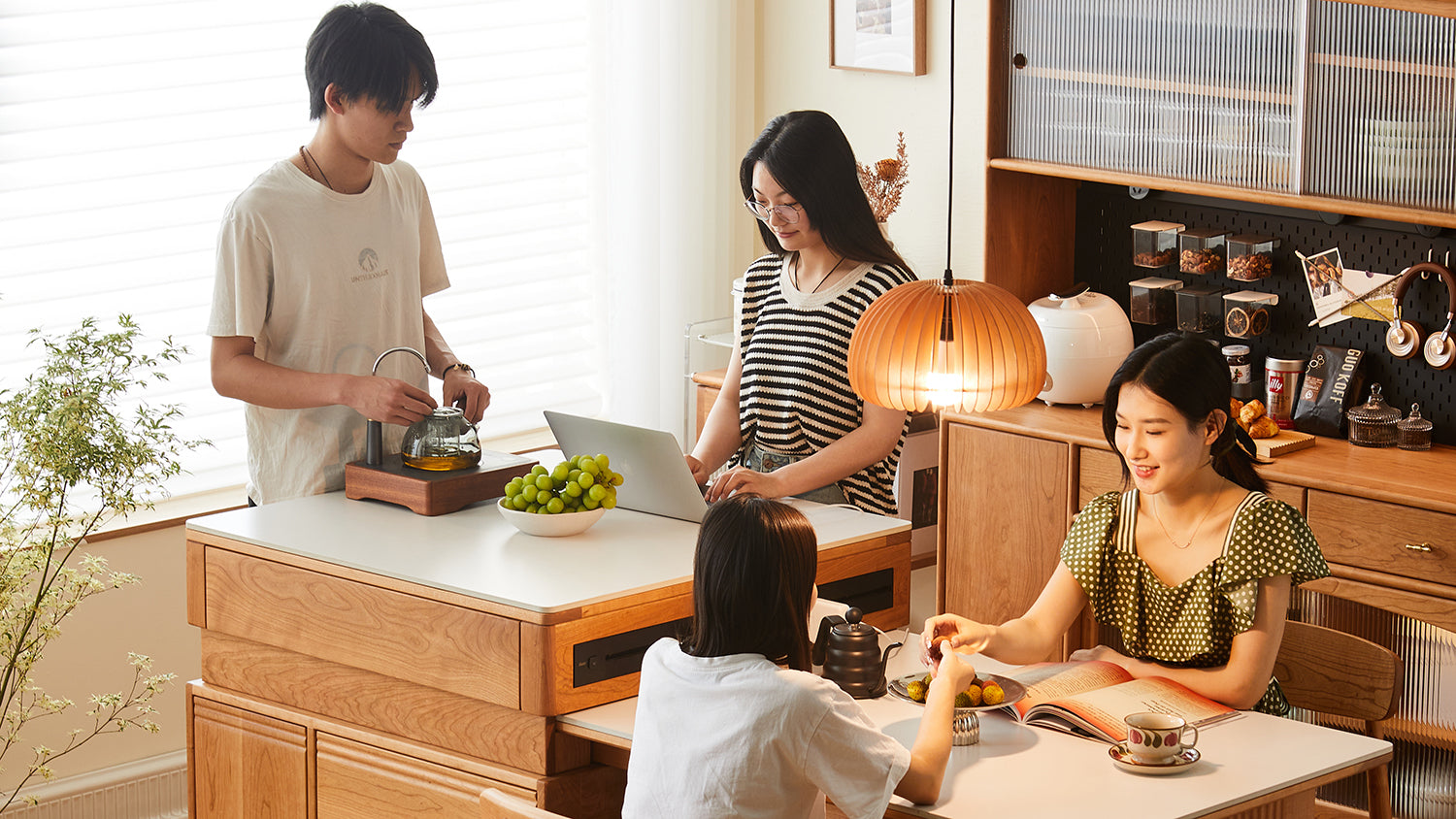

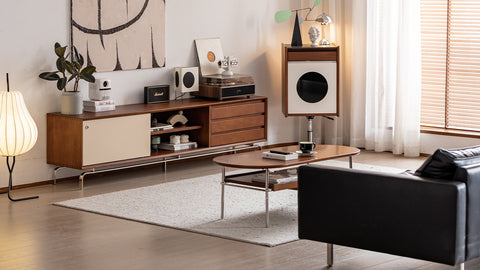

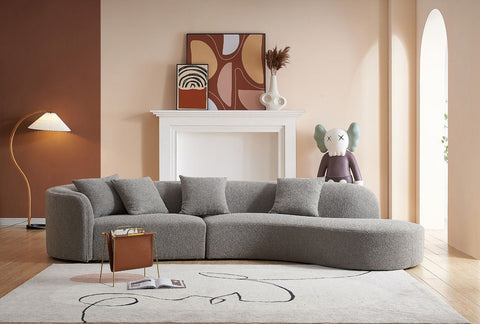
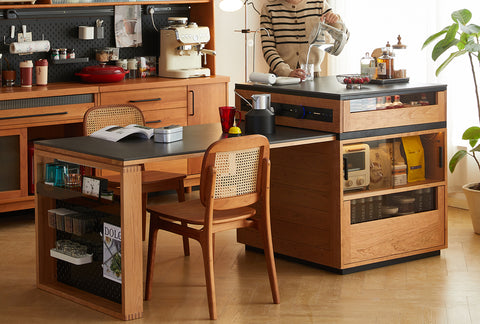
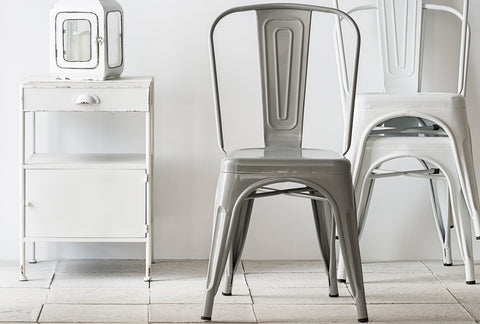
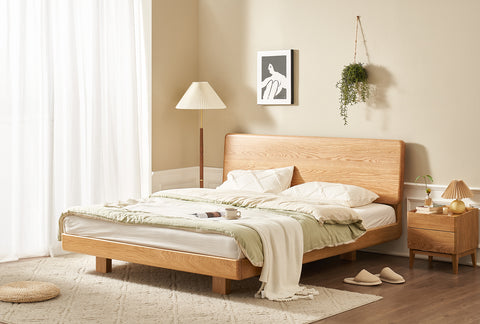
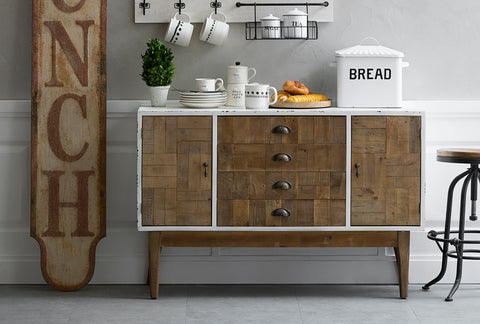




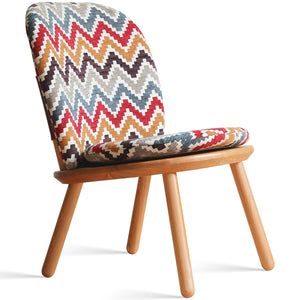
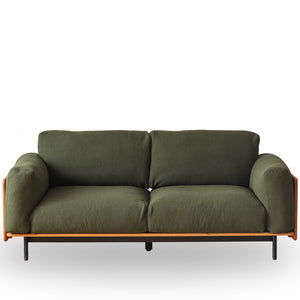
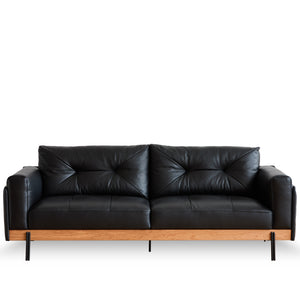
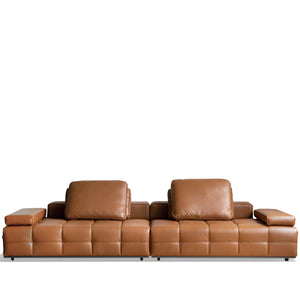
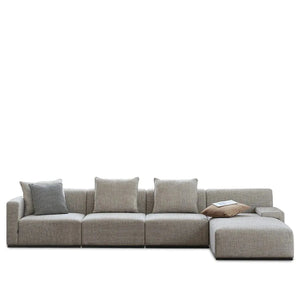
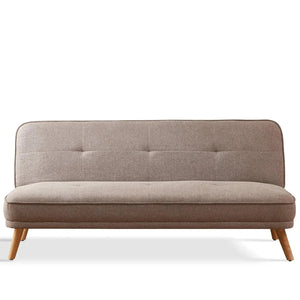
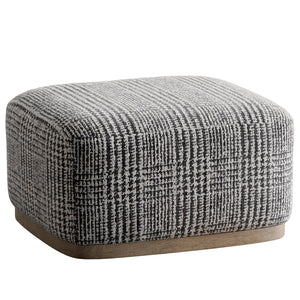

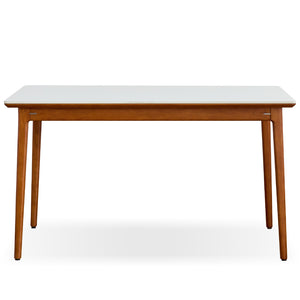
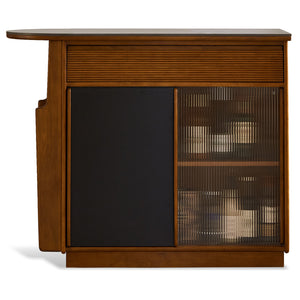
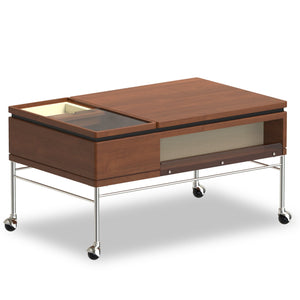
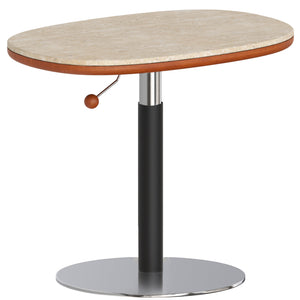
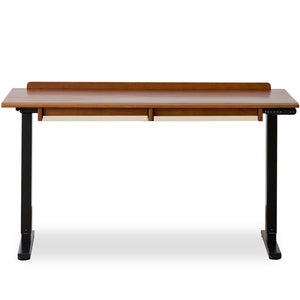
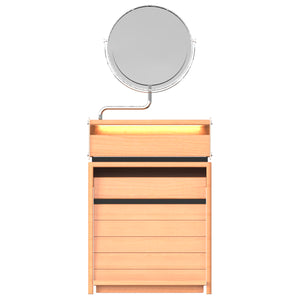

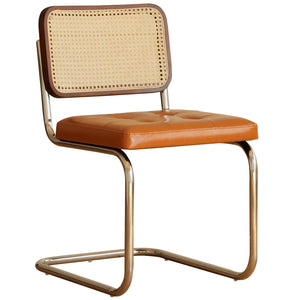
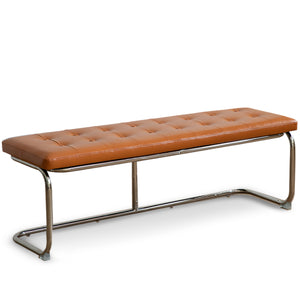
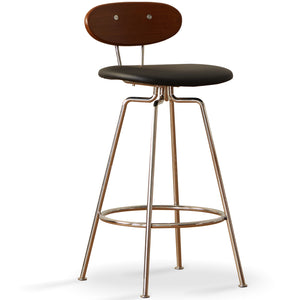

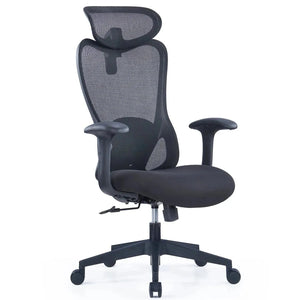

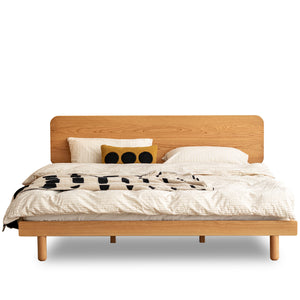
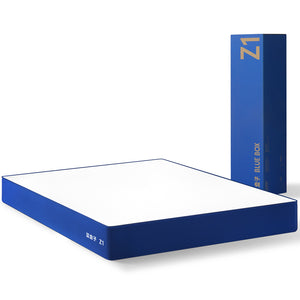

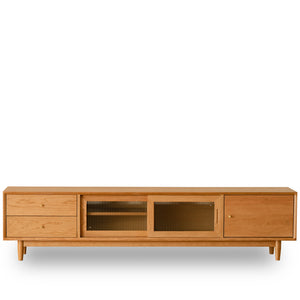
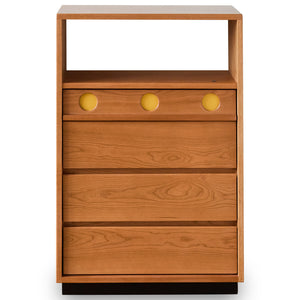
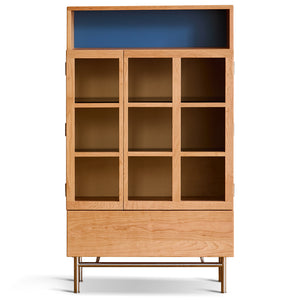
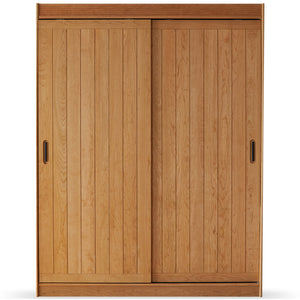
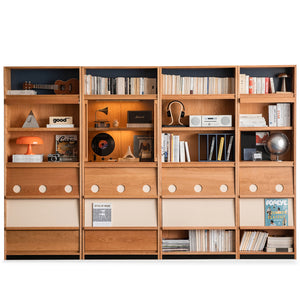

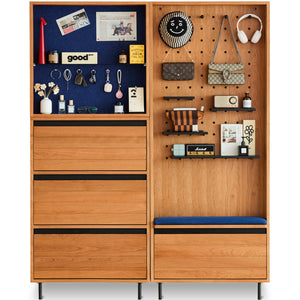
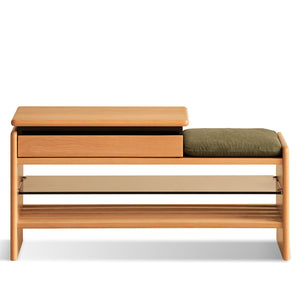
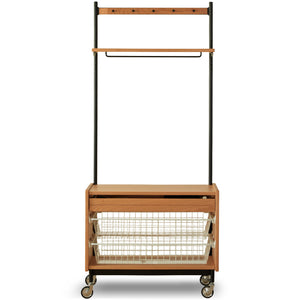
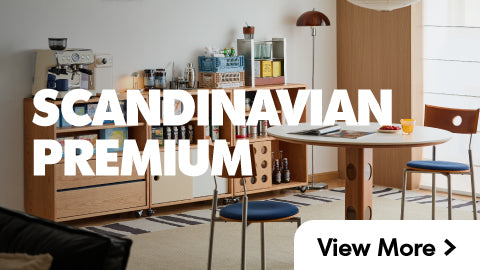





















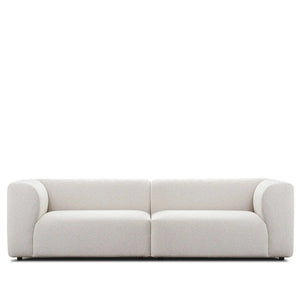




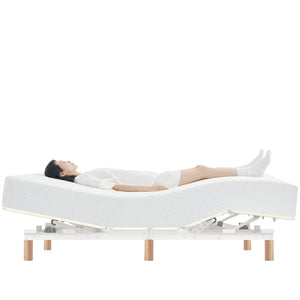
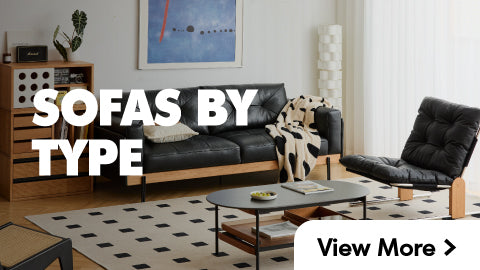
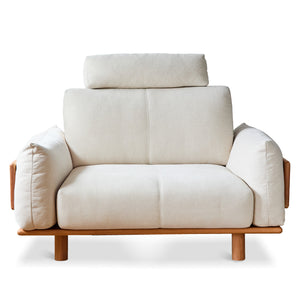

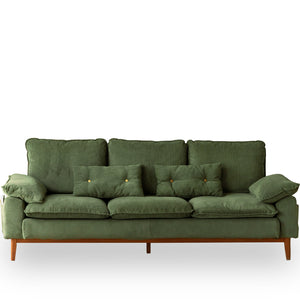
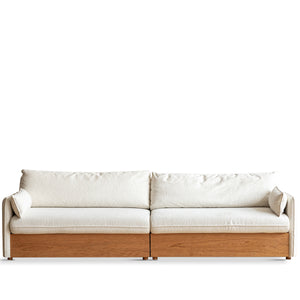
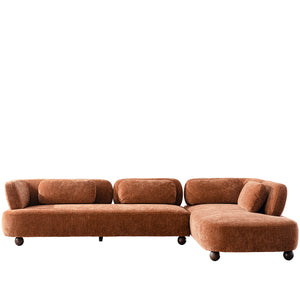
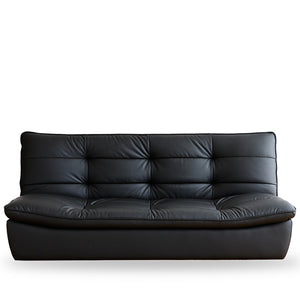
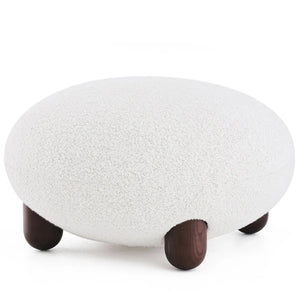
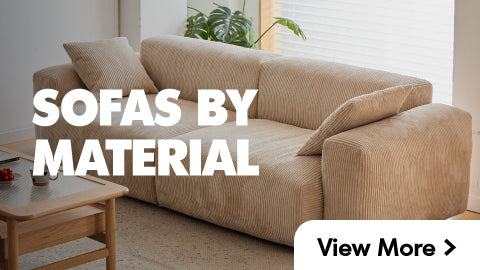
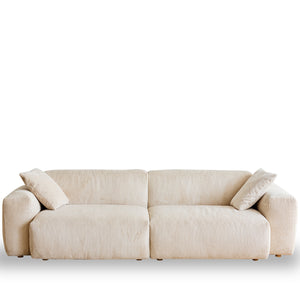
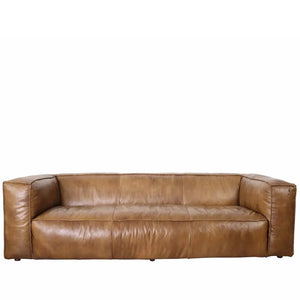
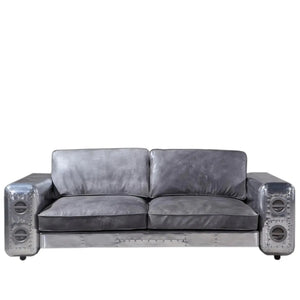
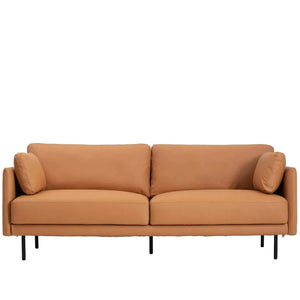
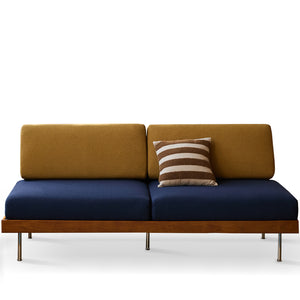
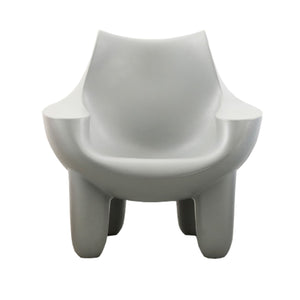


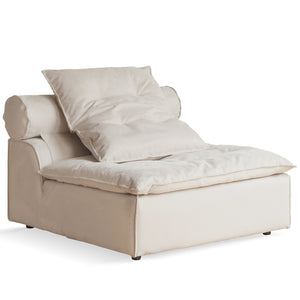

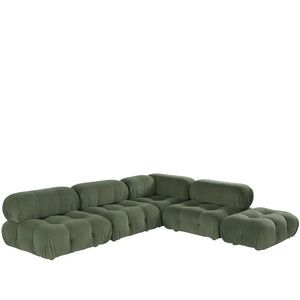
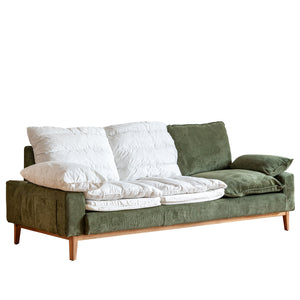
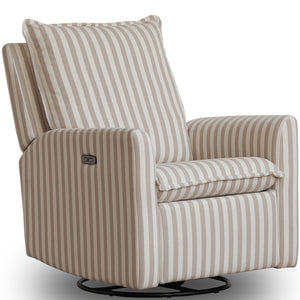

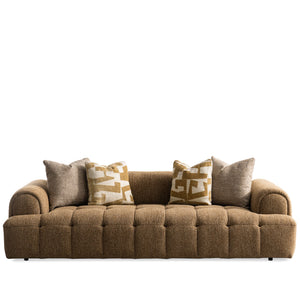

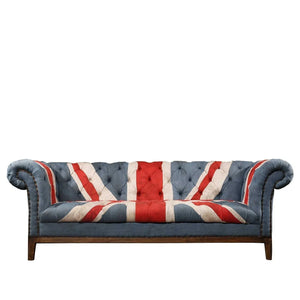
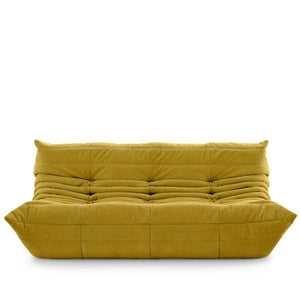
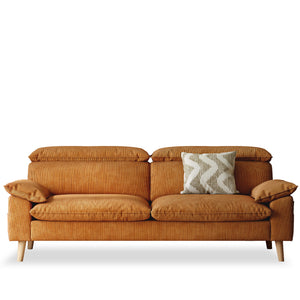
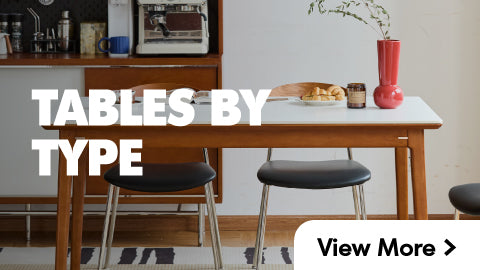
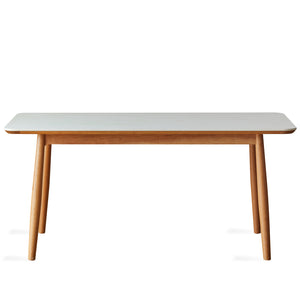
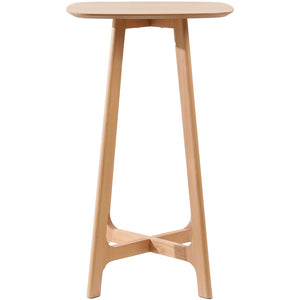
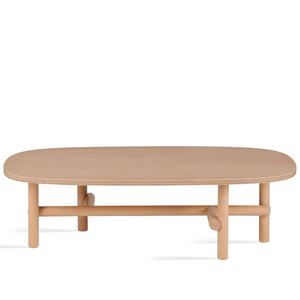
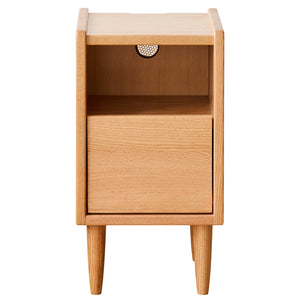
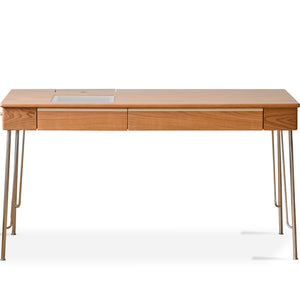
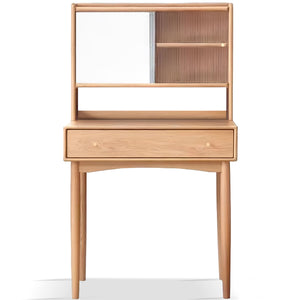
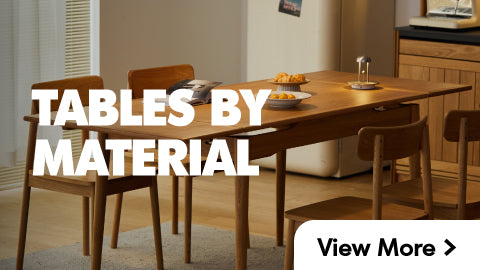
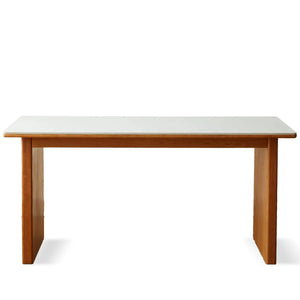
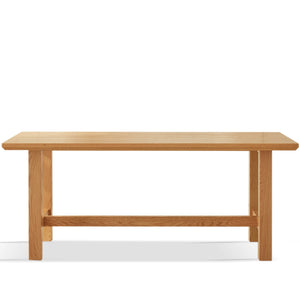
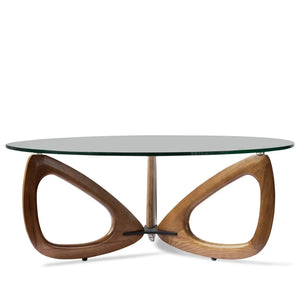
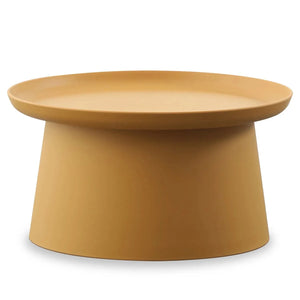

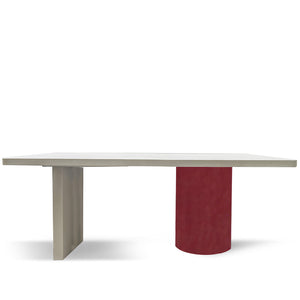
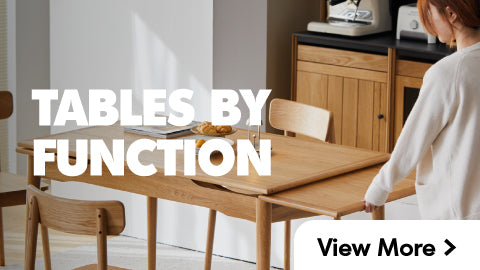
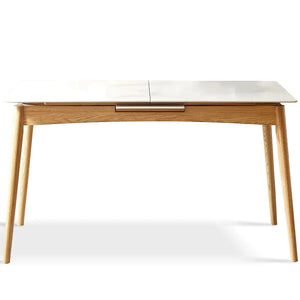
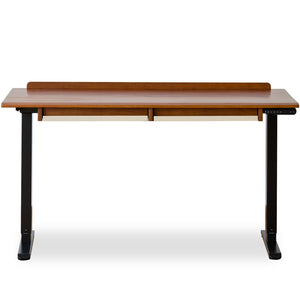
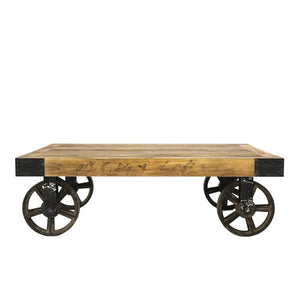

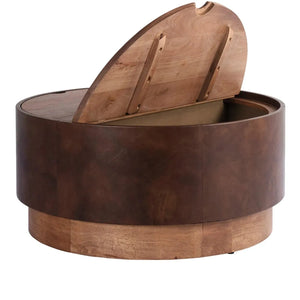
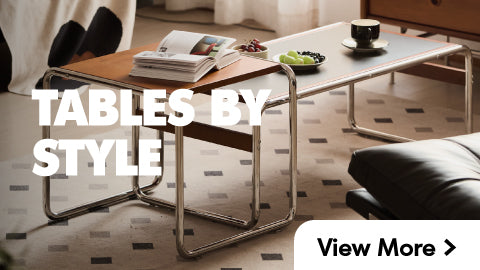
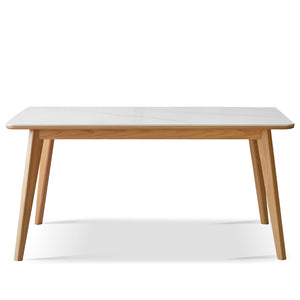

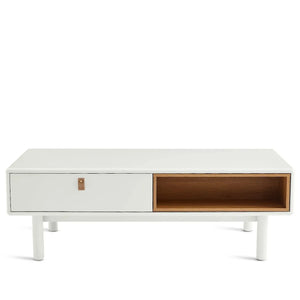
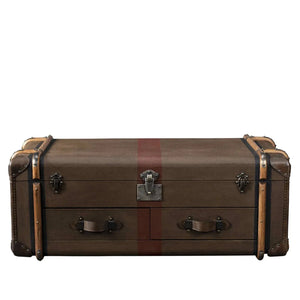
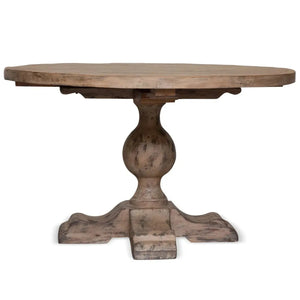
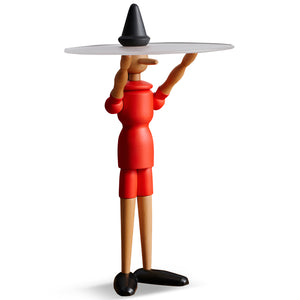
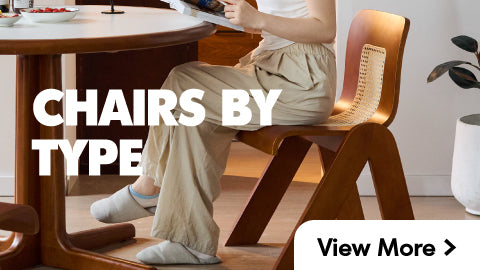
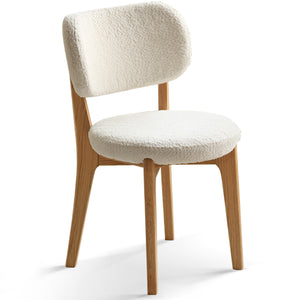
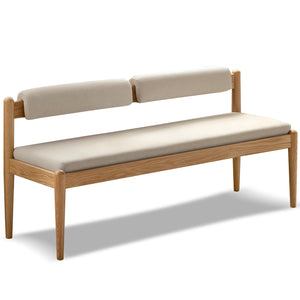
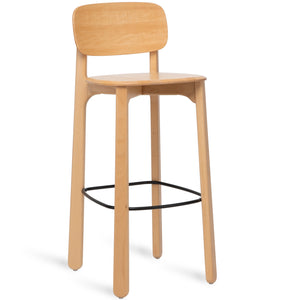
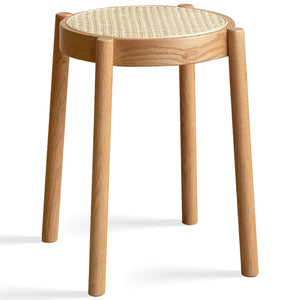
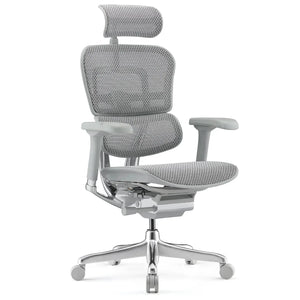
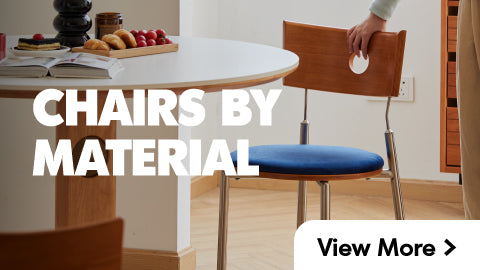
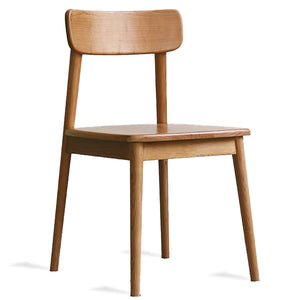
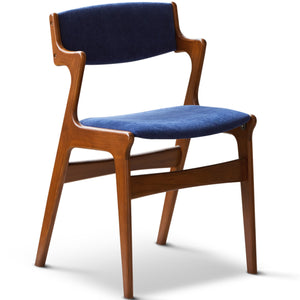
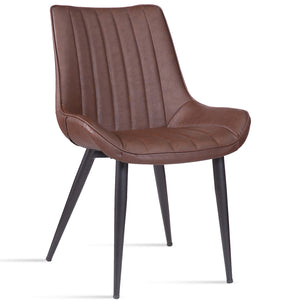
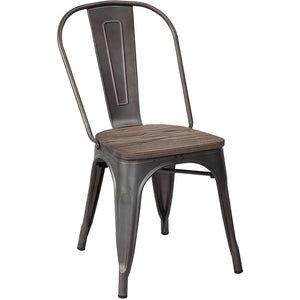
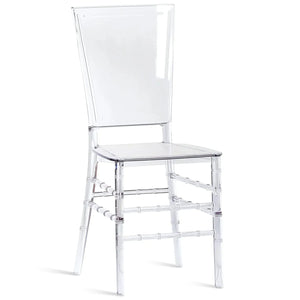
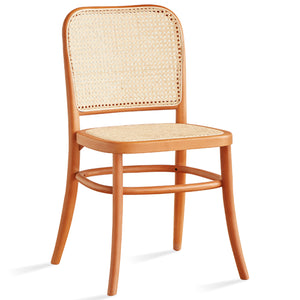
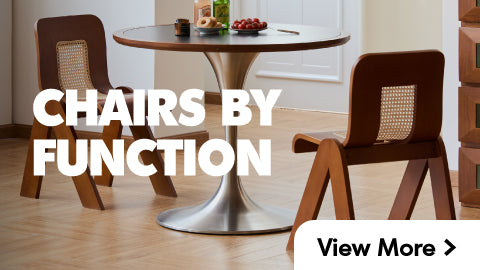
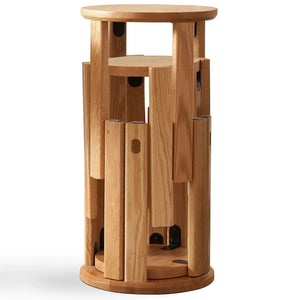

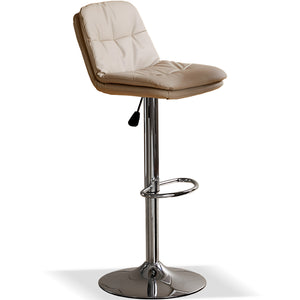
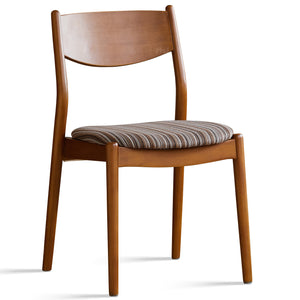
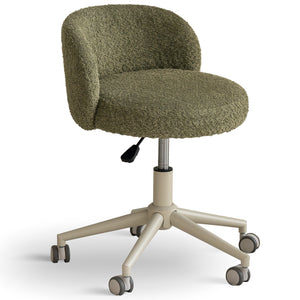
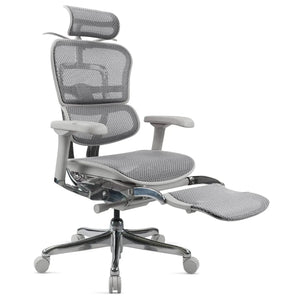
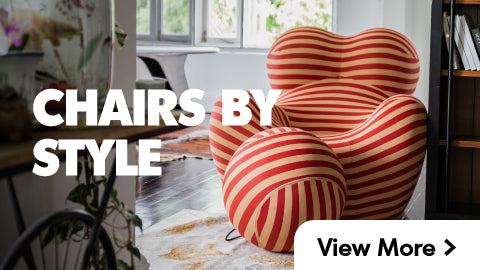
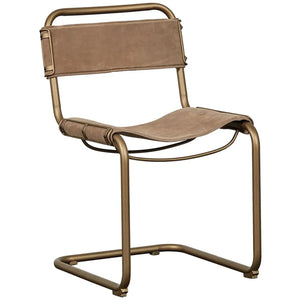
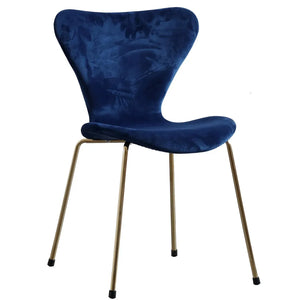
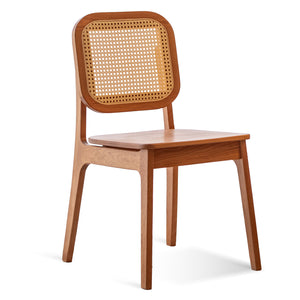
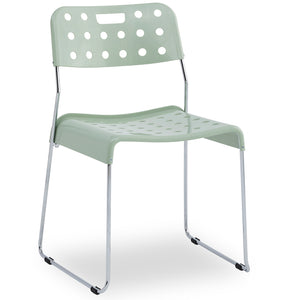
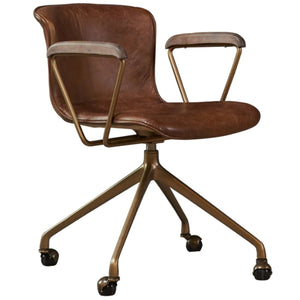

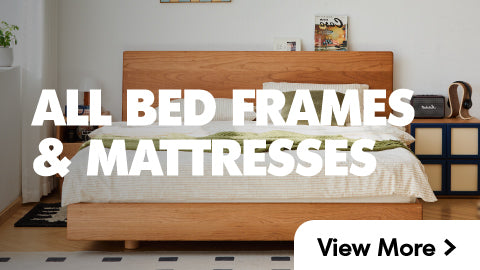
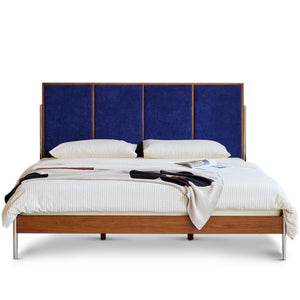

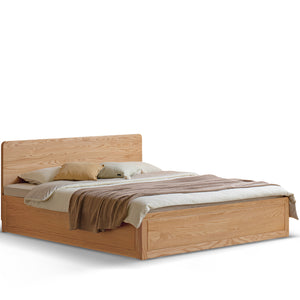
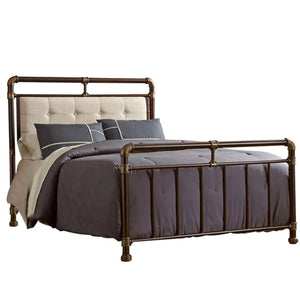
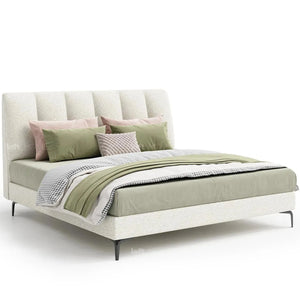
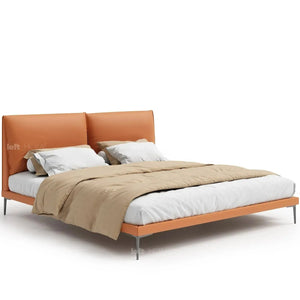
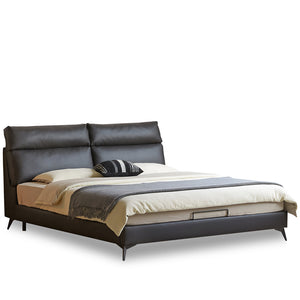
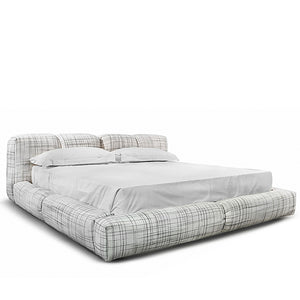
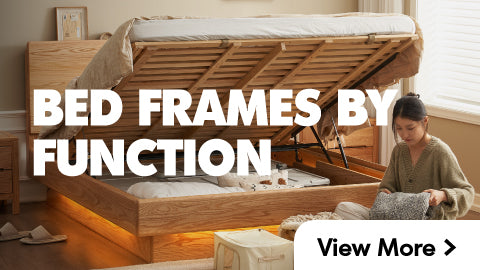
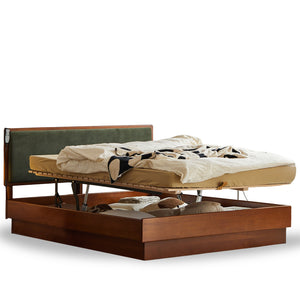


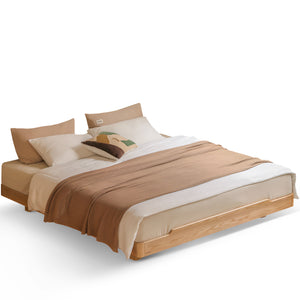
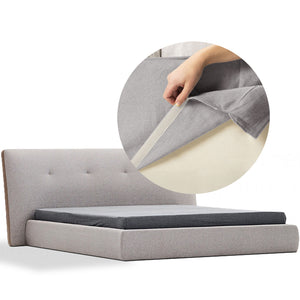
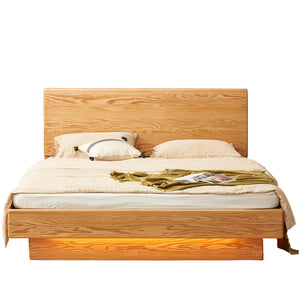

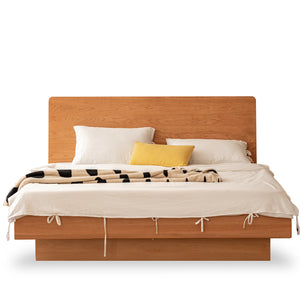
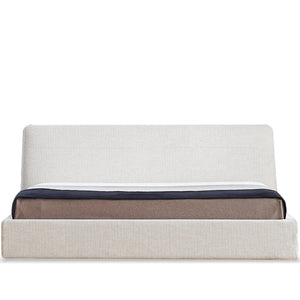
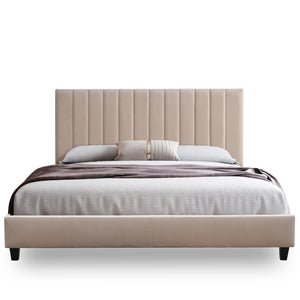
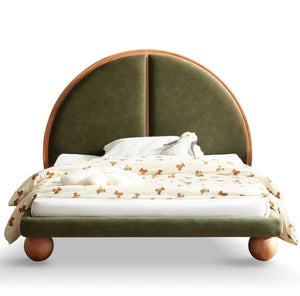
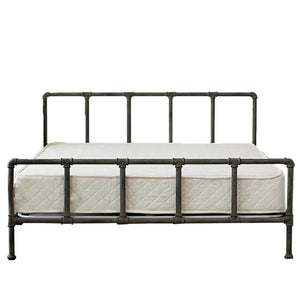
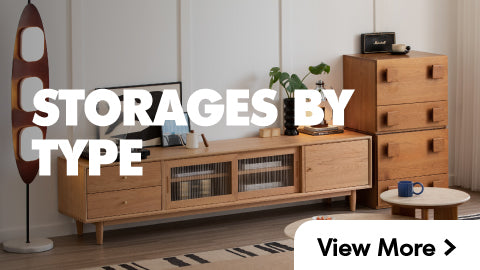
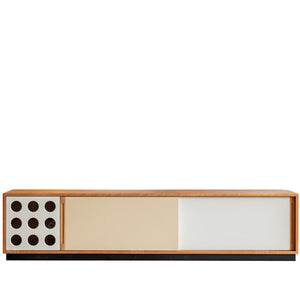

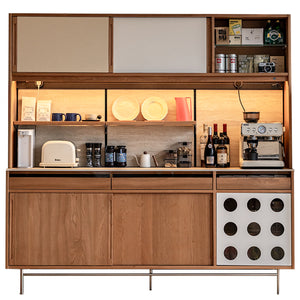
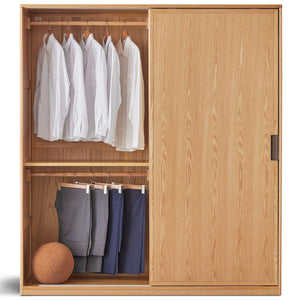
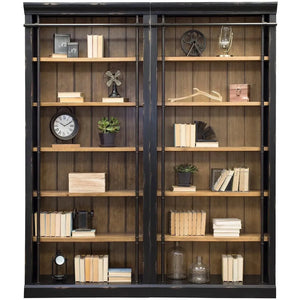
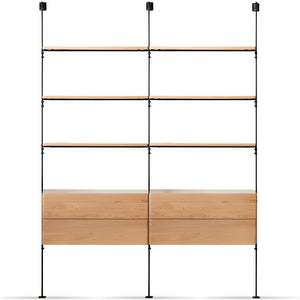
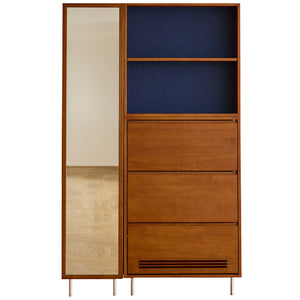
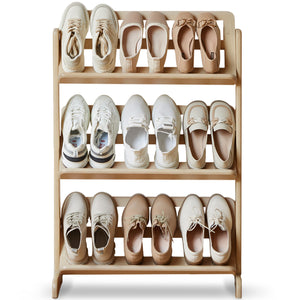
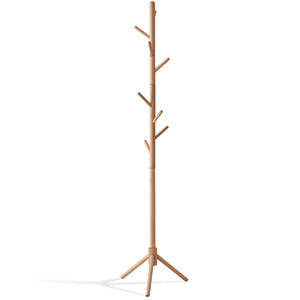

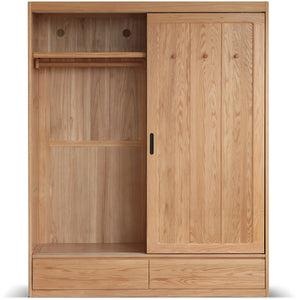
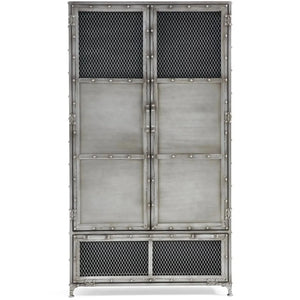
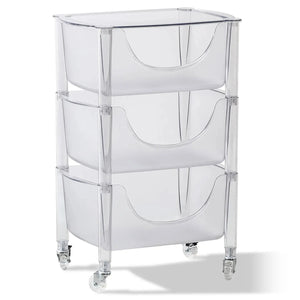
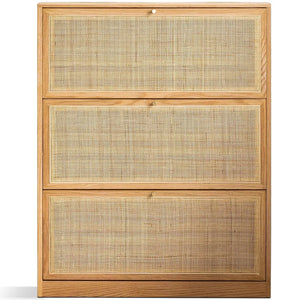
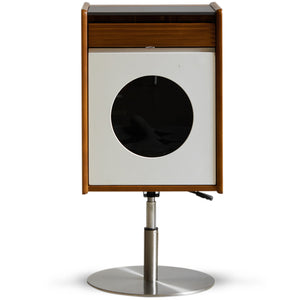
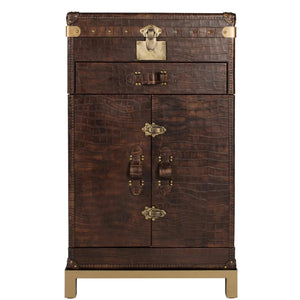

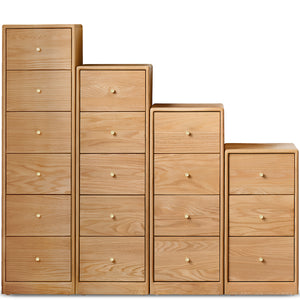
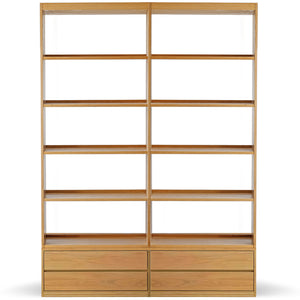
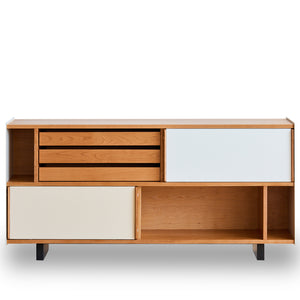
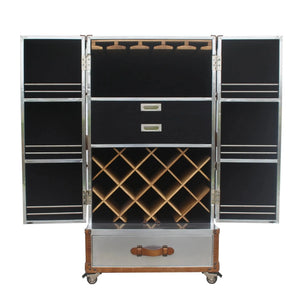
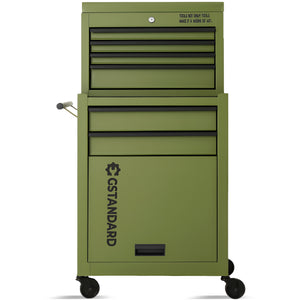

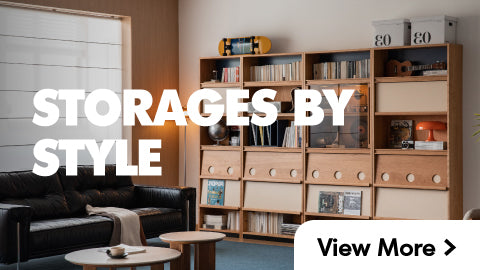
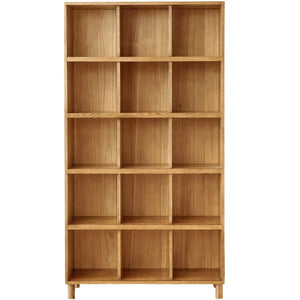

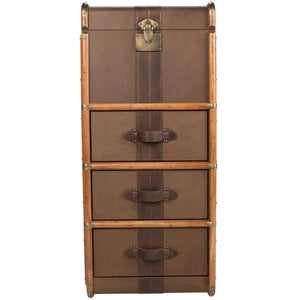
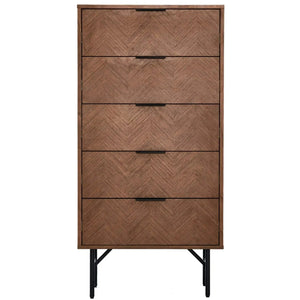

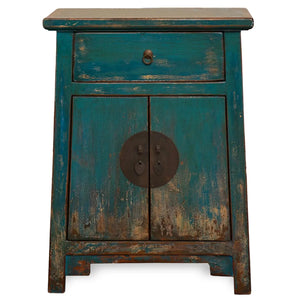


























































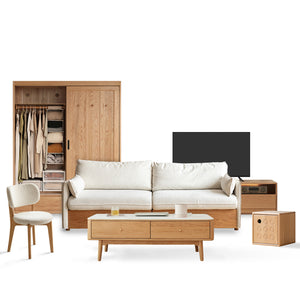
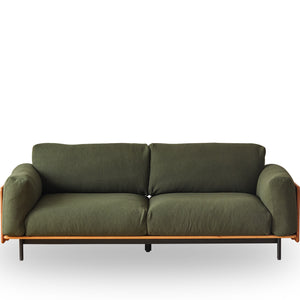
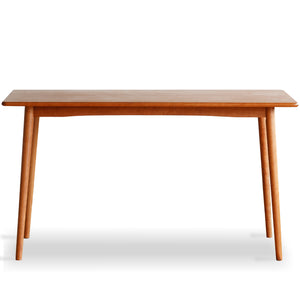
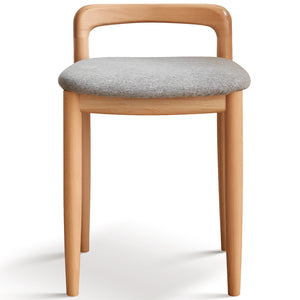
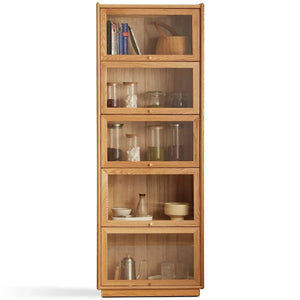
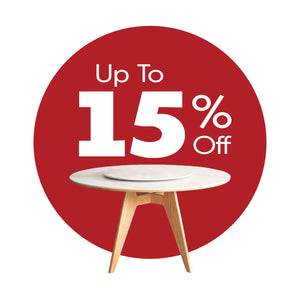


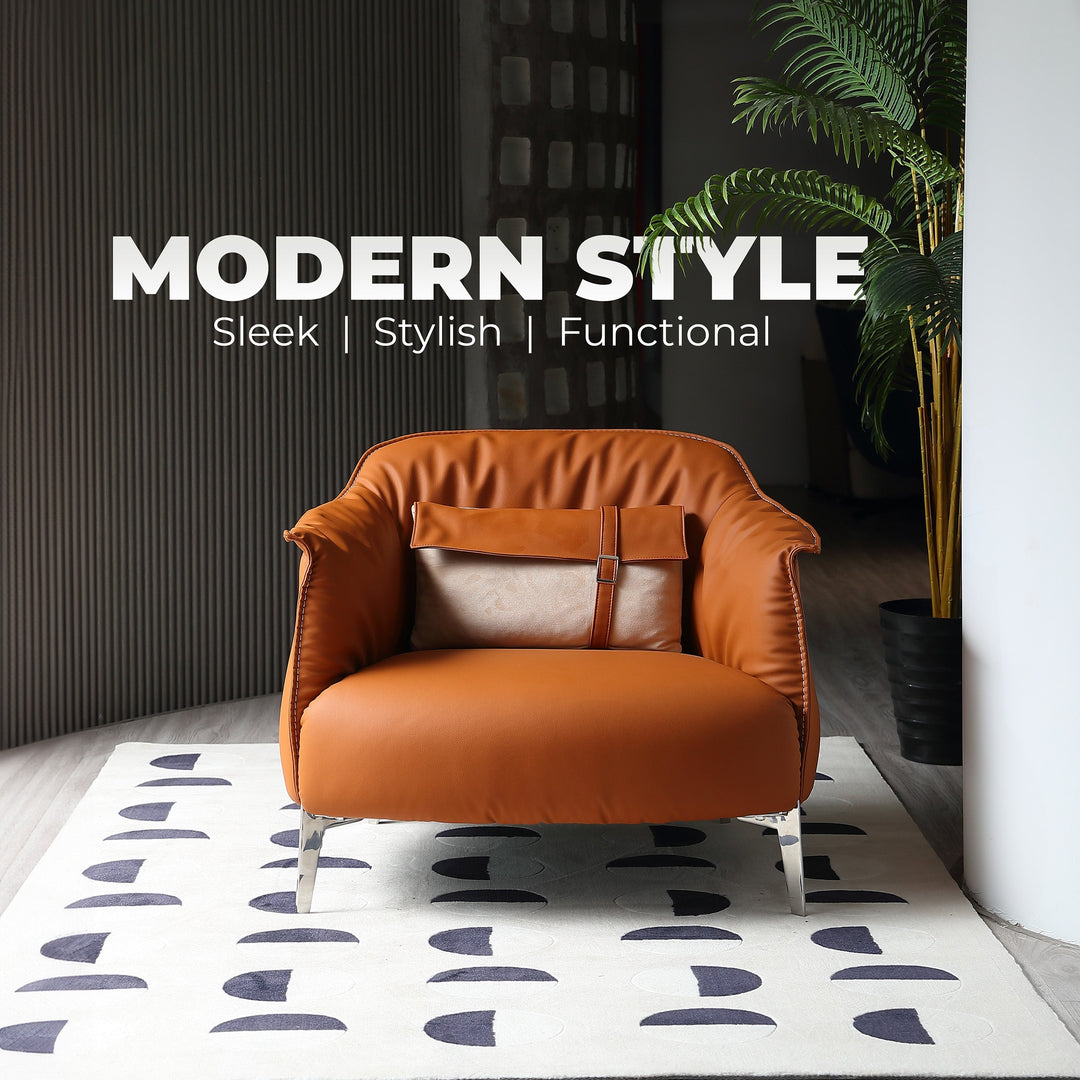
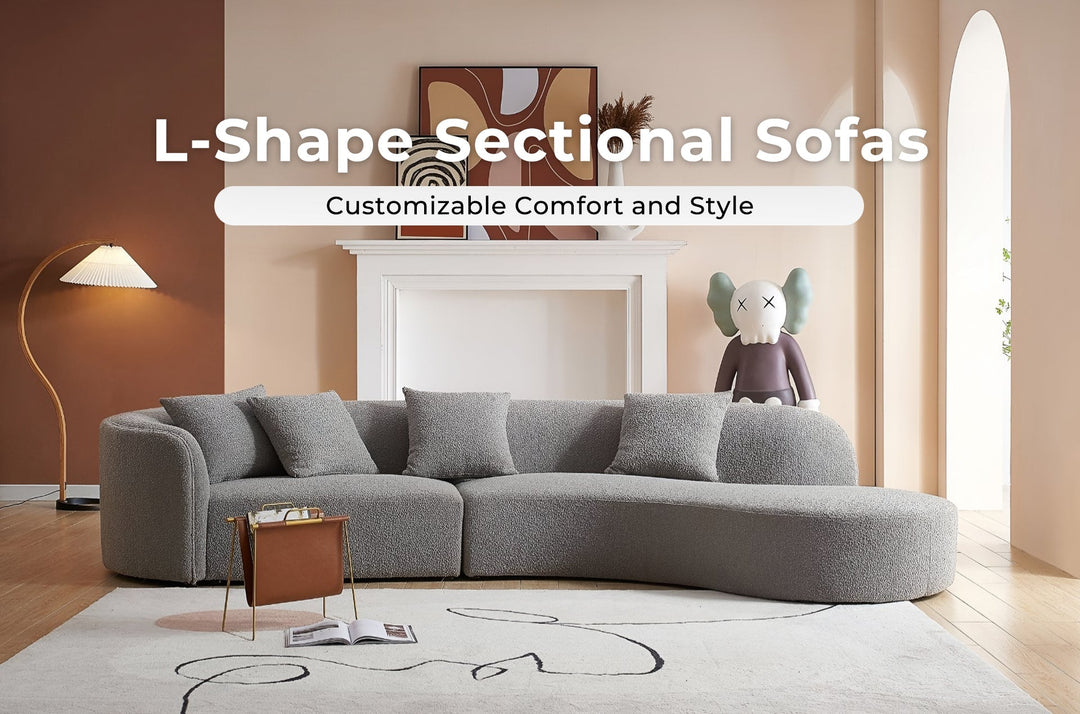

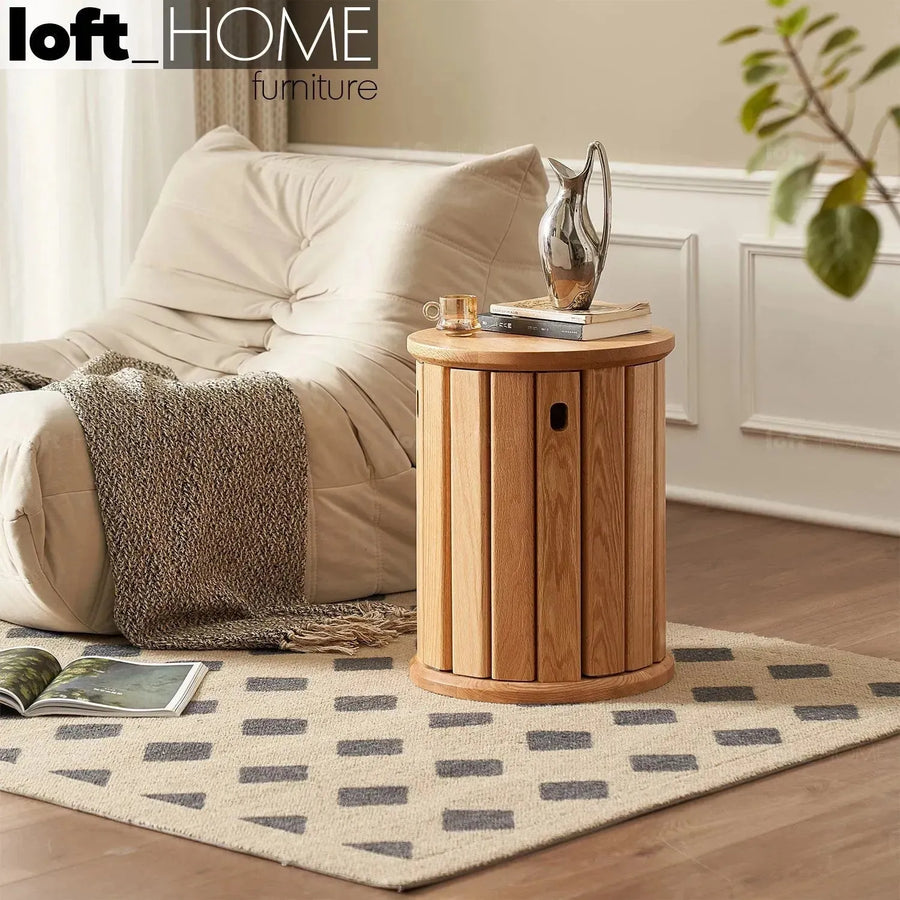
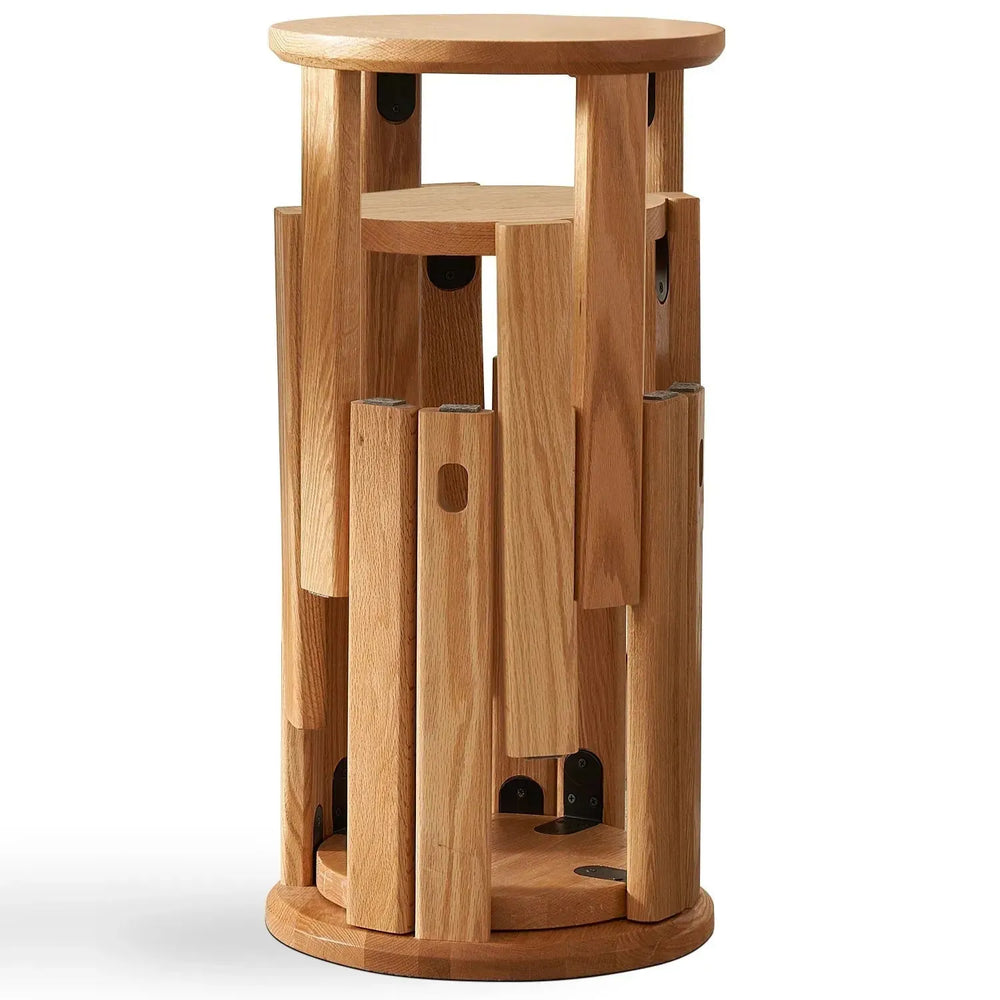



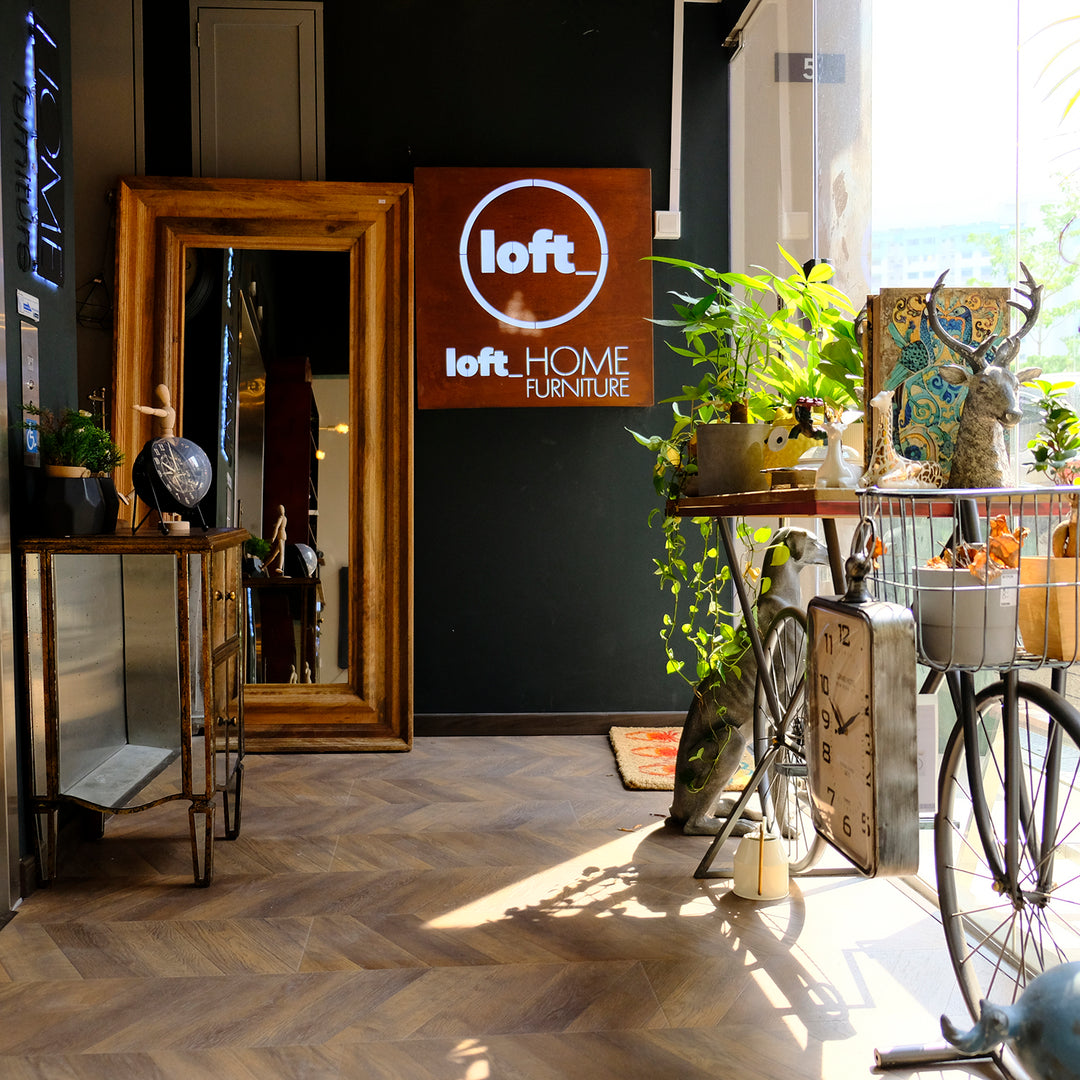
Leave a comment